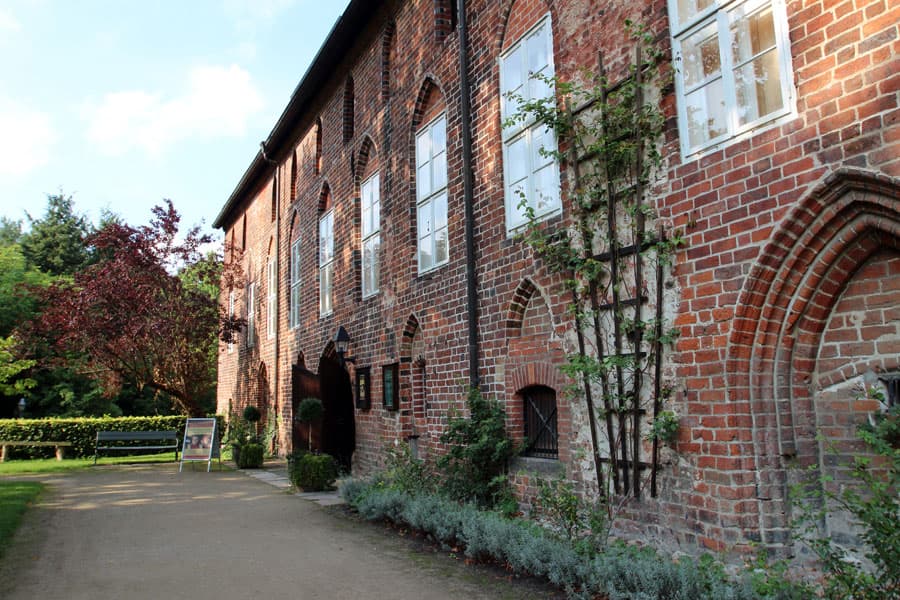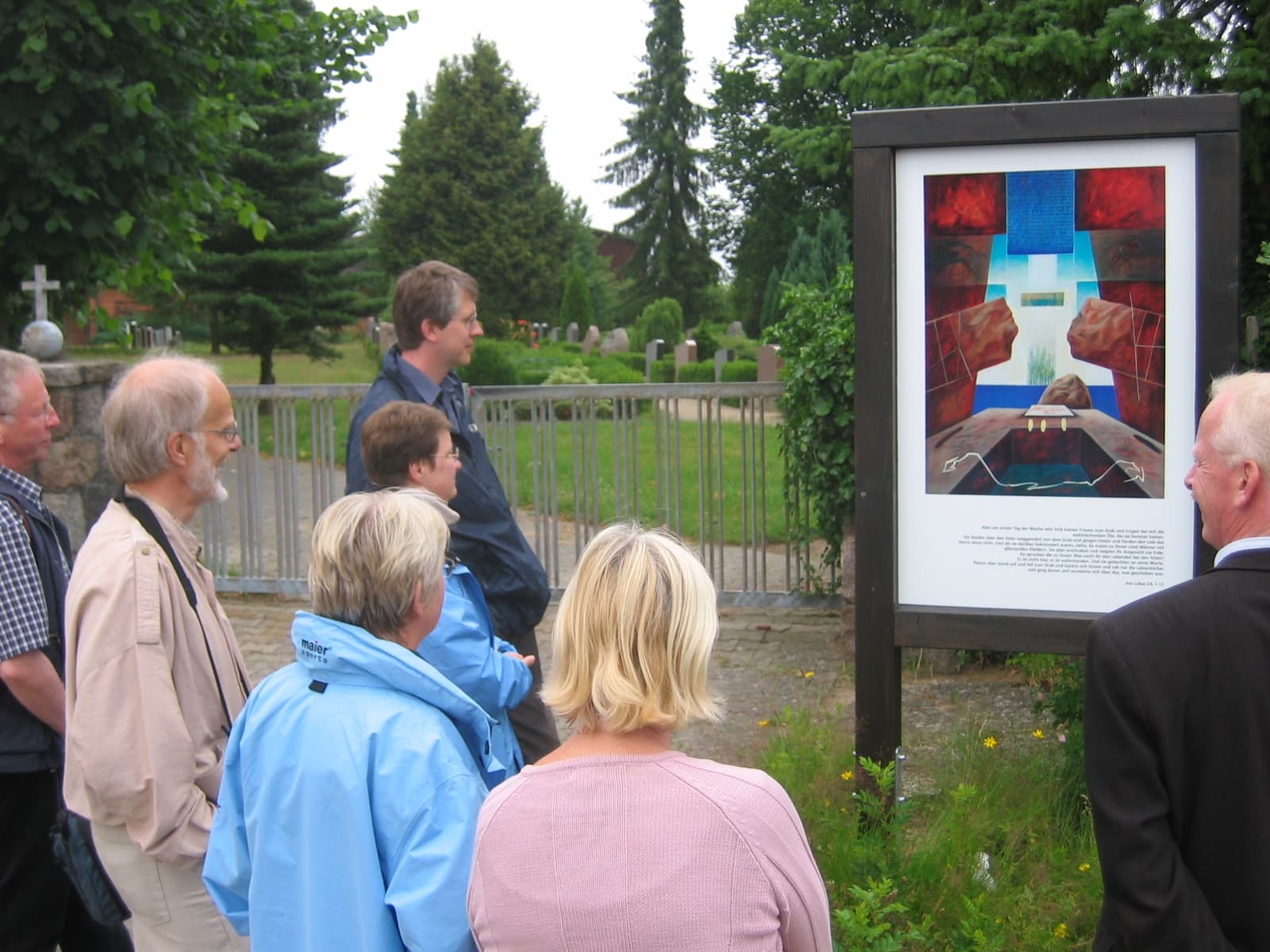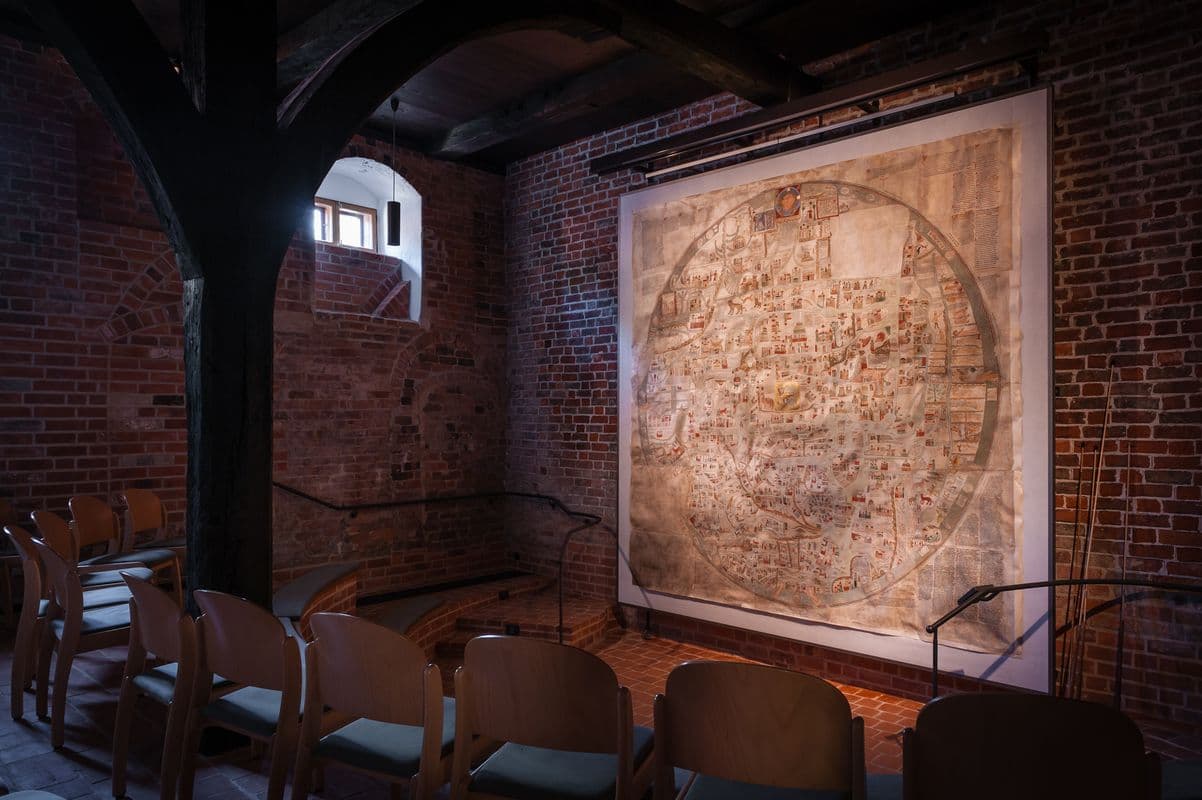©Partner der Lüneburger Heide GmbH
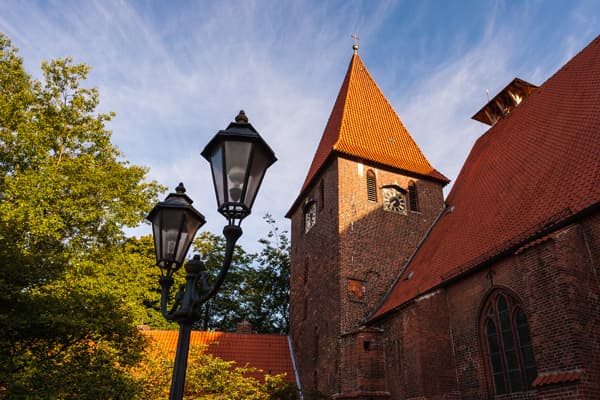
©Partner der Lüneburger Heide GmbH
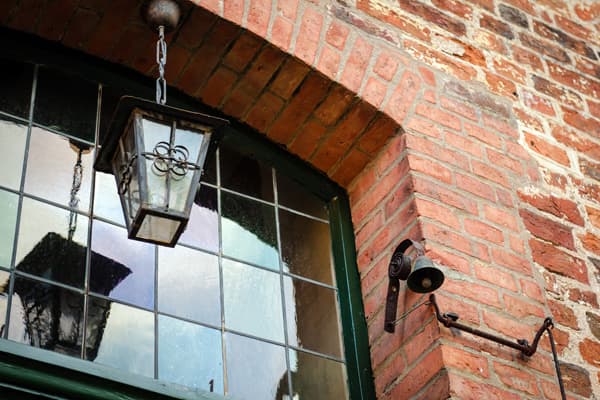
©Partner der Lüneburger Heide GmbH
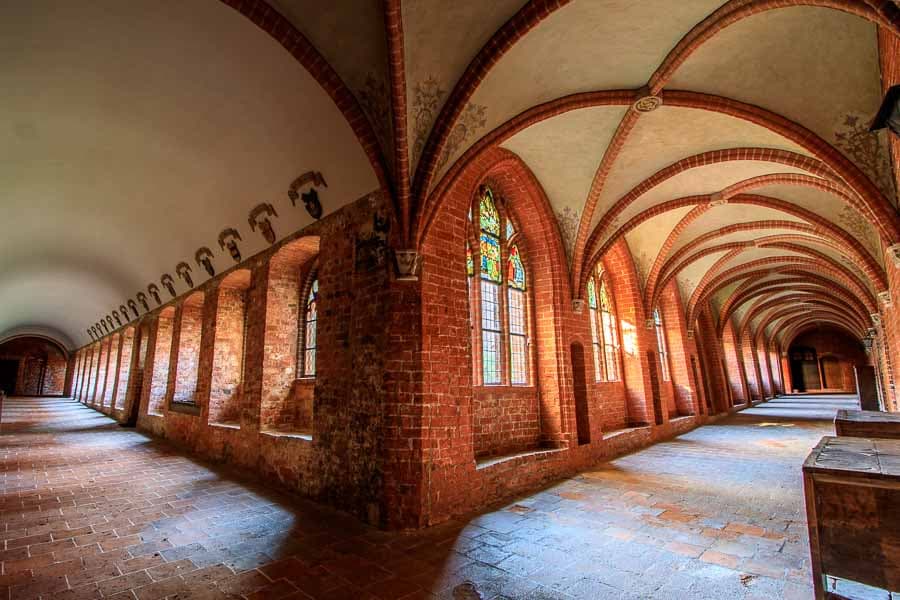
©Partner der Lüneburger Heide GmbH
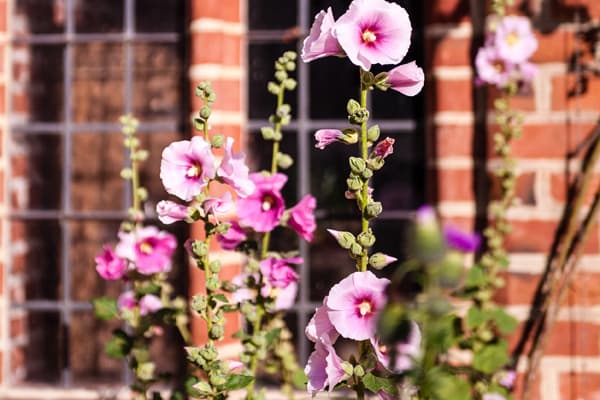
©Partner der Lüneburger Heide GmbH
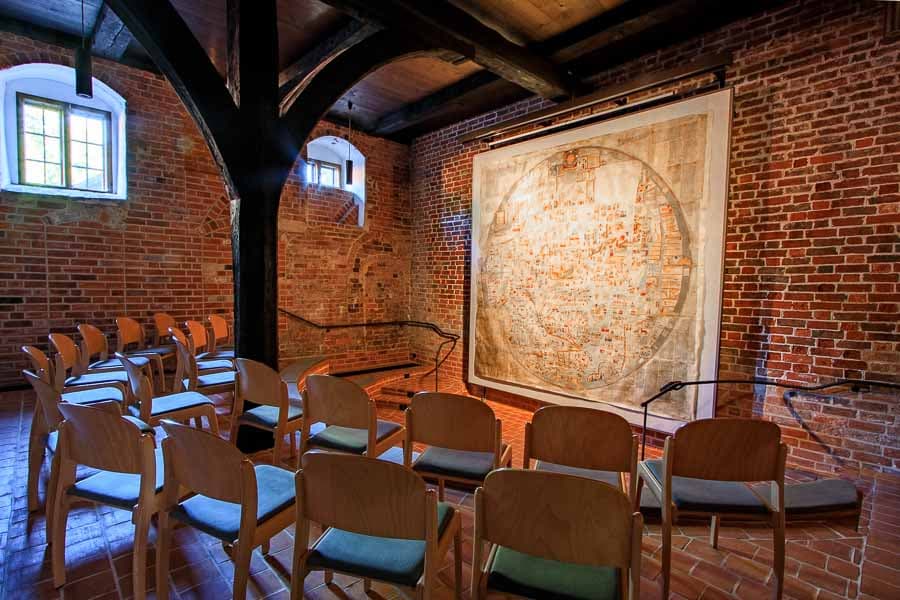
©Partner der Lüneburger Heide GmbH
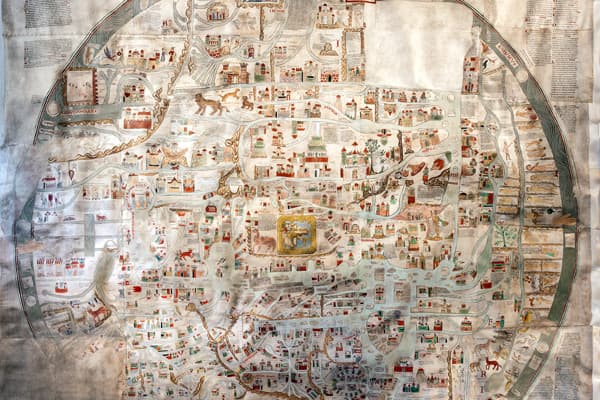
©Partner der Lüneburger Heide GmbH
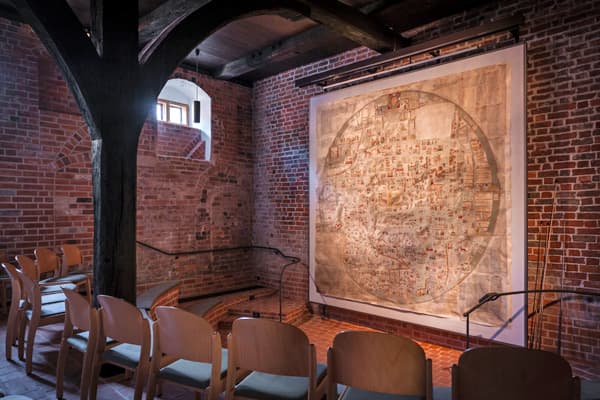
©Lüneburger Heide GmbH
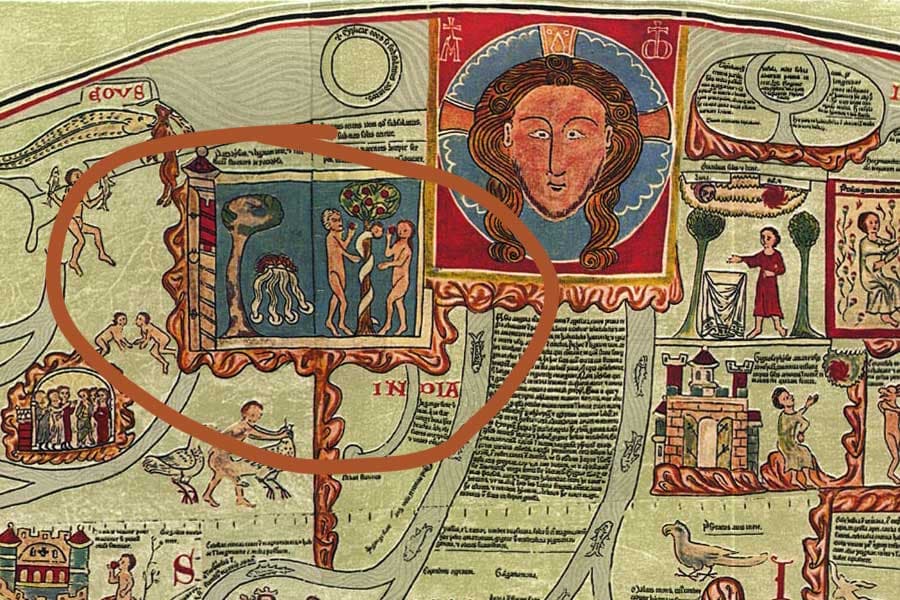
©Lüneburger Heide GmbH
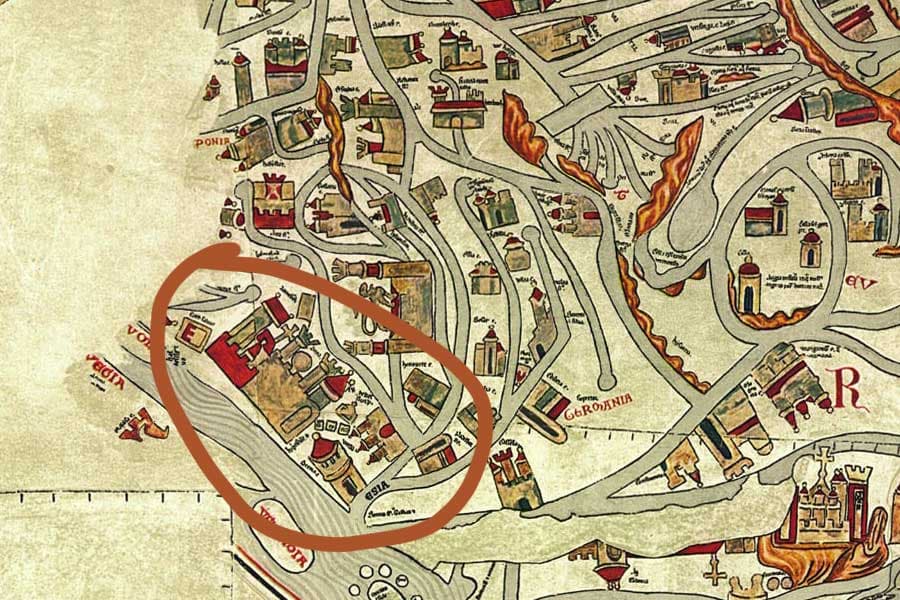
©Partner der Lüneburger Heide GmbH
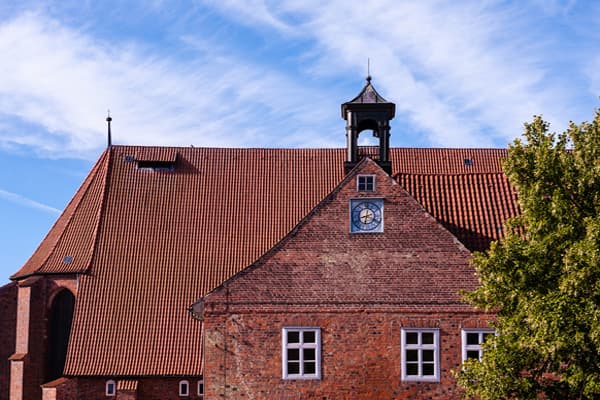
©Partner der Lüneburger Heide GmbH
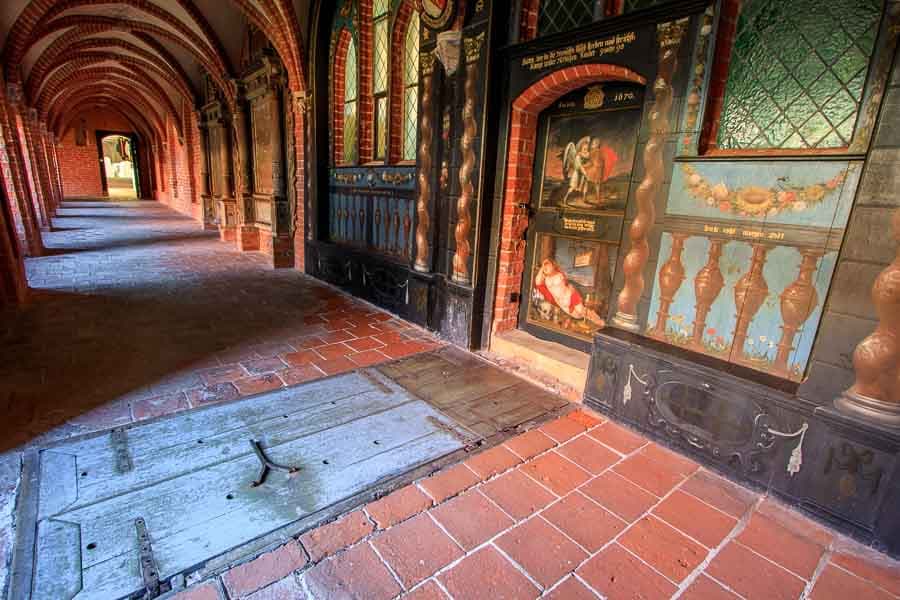
©Partner der Lüneburger Heide GmbH
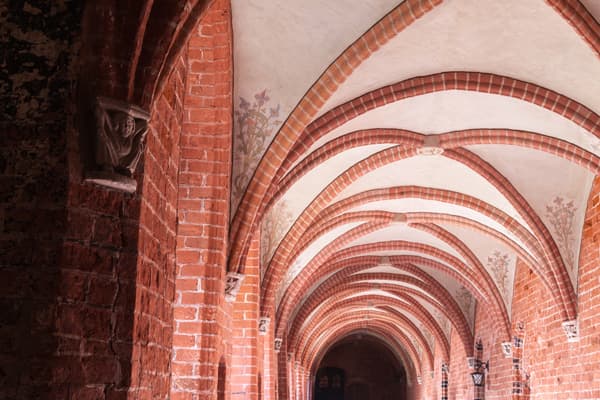
©Partner der Lüneburger Heide GmbH
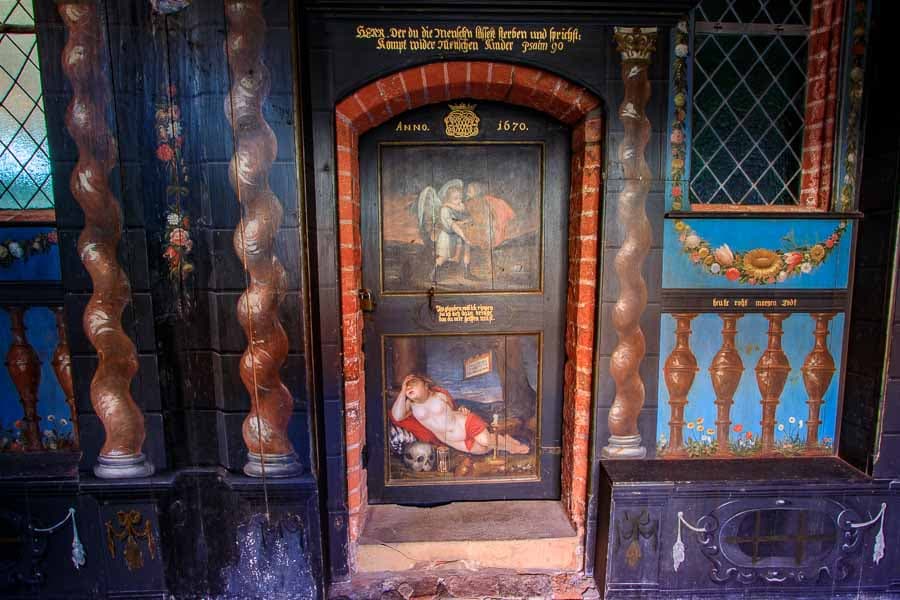
©Partner der Lüneburger Heide GmbH
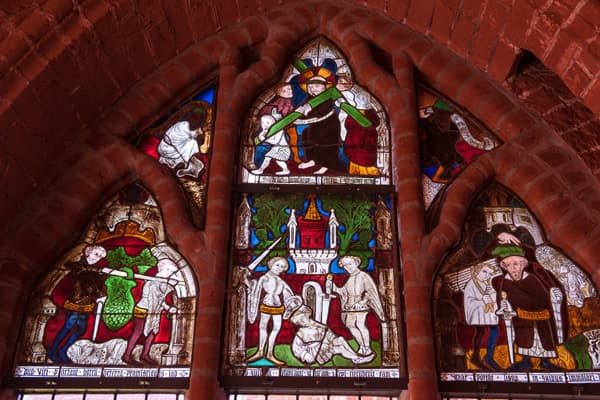
©Partner der Lüneburger Heide GmbH
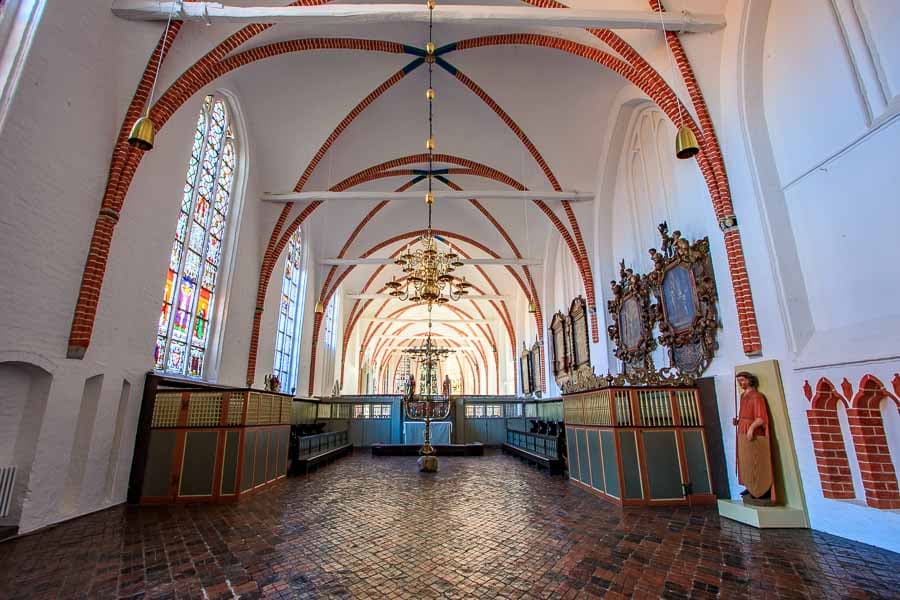
©Partner der Lüneburger Heide GmbH
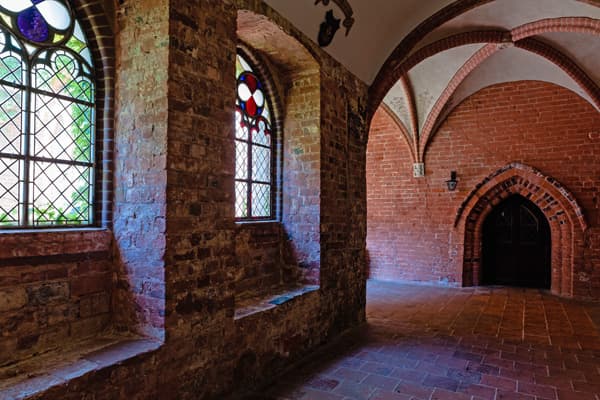
©Partner der Lüneburger Heide GmbH
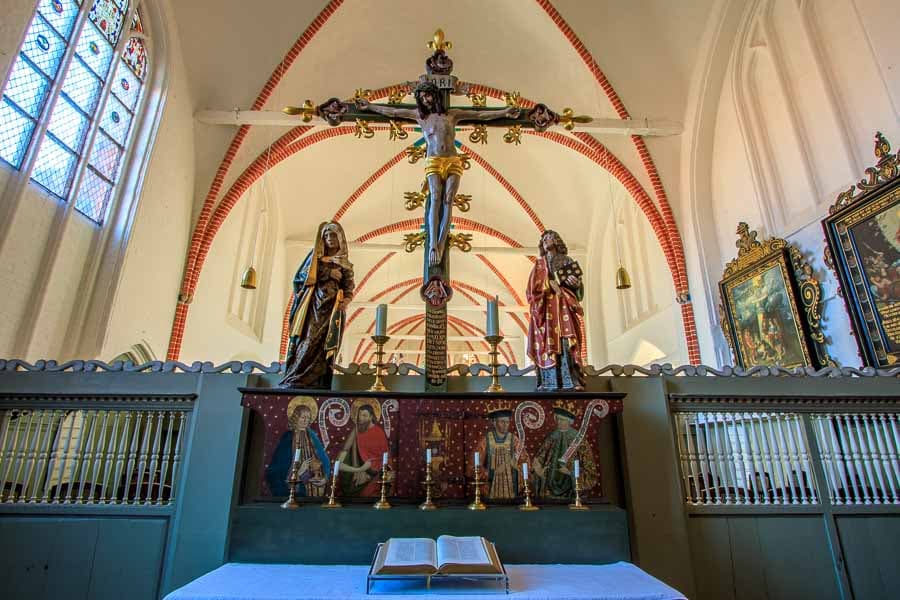
©Partner der Lüneburger Heide GmbH
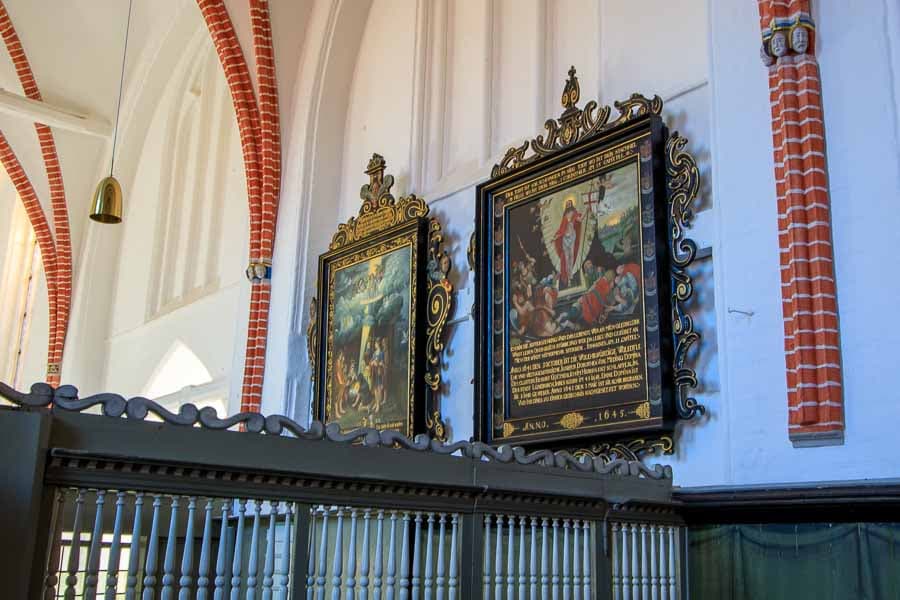
©Partner der Lüneburger Heide GmbH
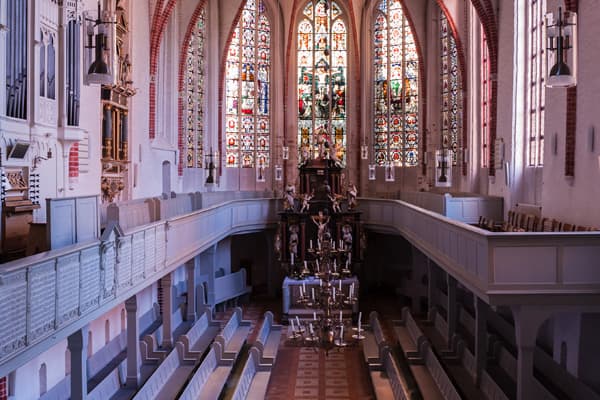
©Partner der Lüneburger Heide GmbH
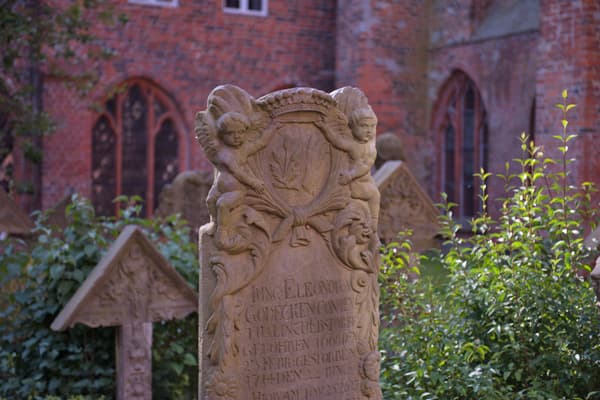
©Partner der Lüneburger Heide GmbH
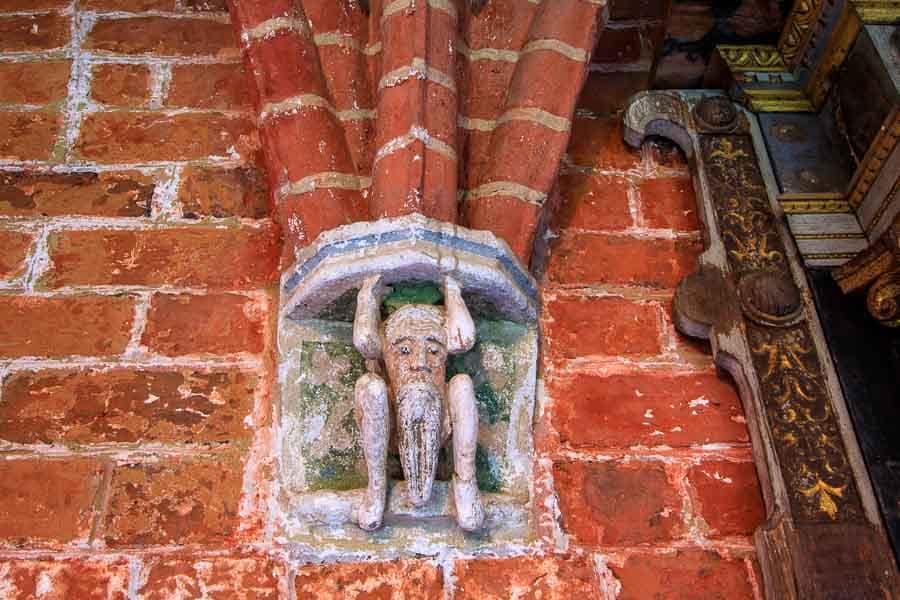
©Partner der Lüneburger Heide GmbH
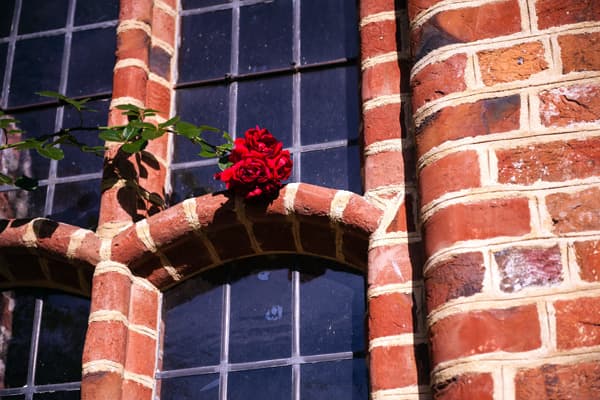
©Partner der Lüneburger Heide GmbH
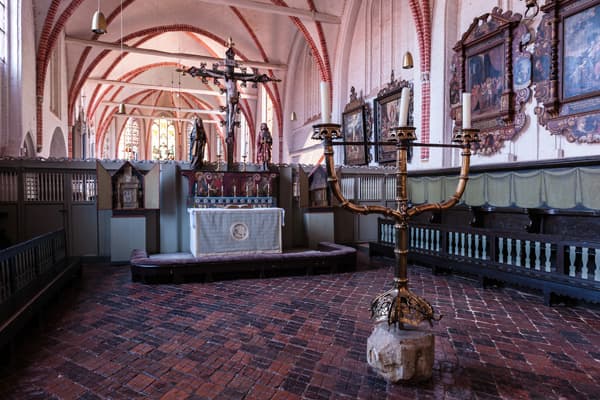
©Partner der Lüneburger Heide GmbH
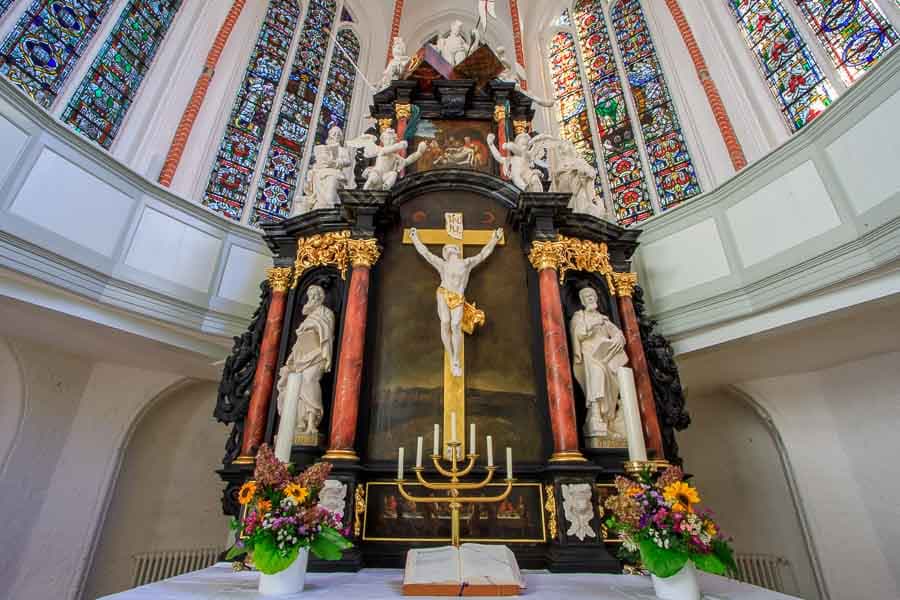
©Partner der Lüneburger Heide GmbH
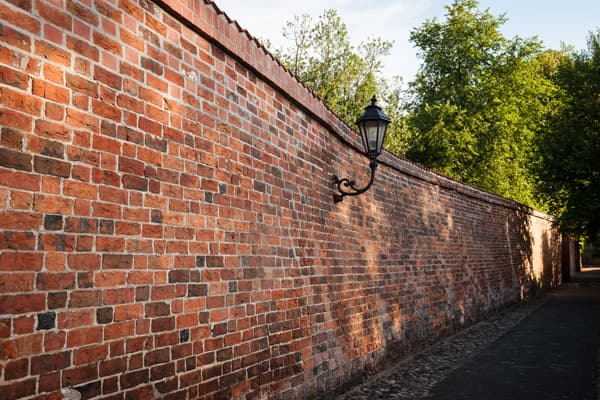
©Partner der Lüneburger Heide GmbH
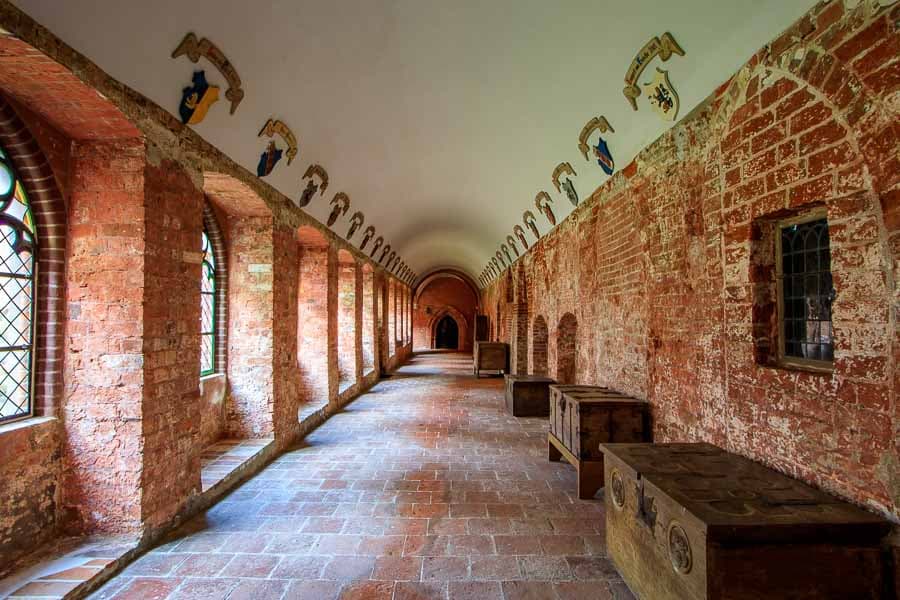
©Partner der Lüneburger Heide GmbH
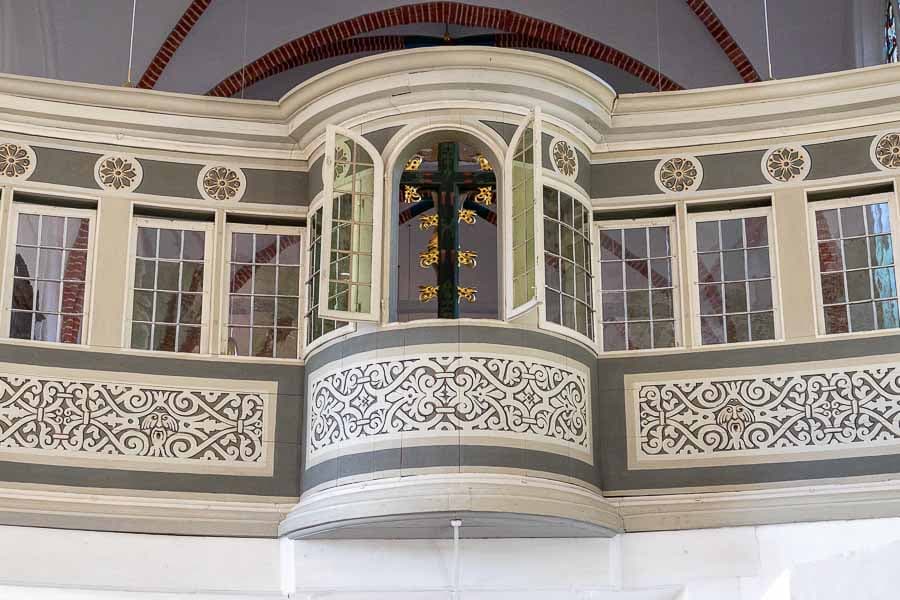
©Partner der Lüneburger Heide GmbH
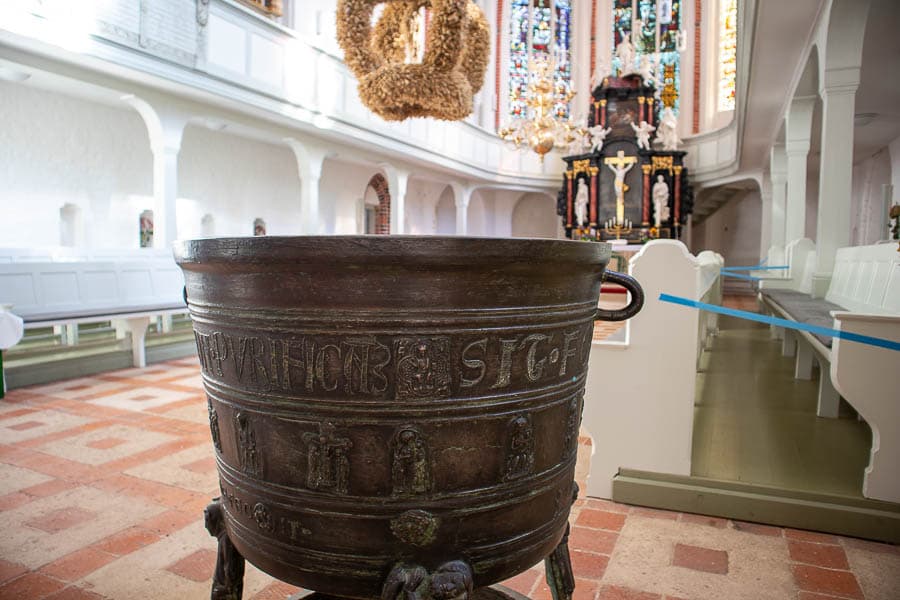
©Partner der Lüneburger Heide GmbH
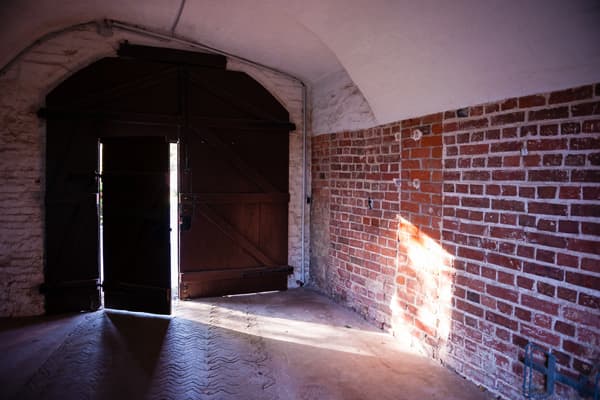
©Partner der Lüneburger Heide GmbH
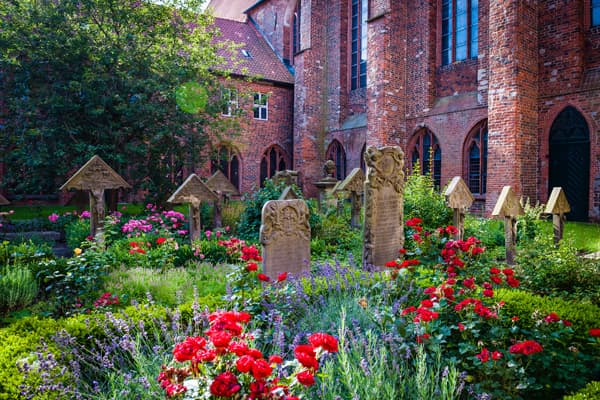
©Partner der Lüneburger Heide GmbH
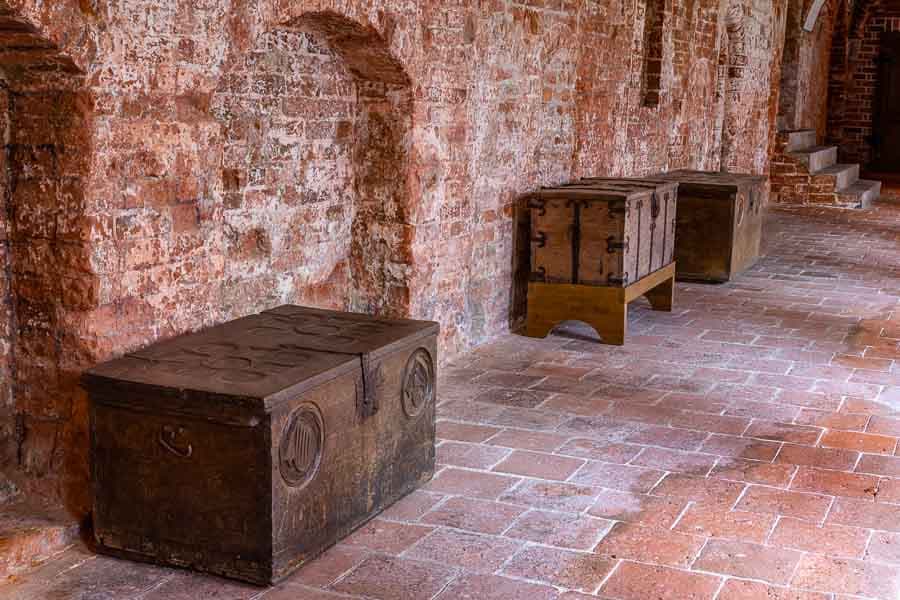
©Partner der Lüneburger Heide GmbH
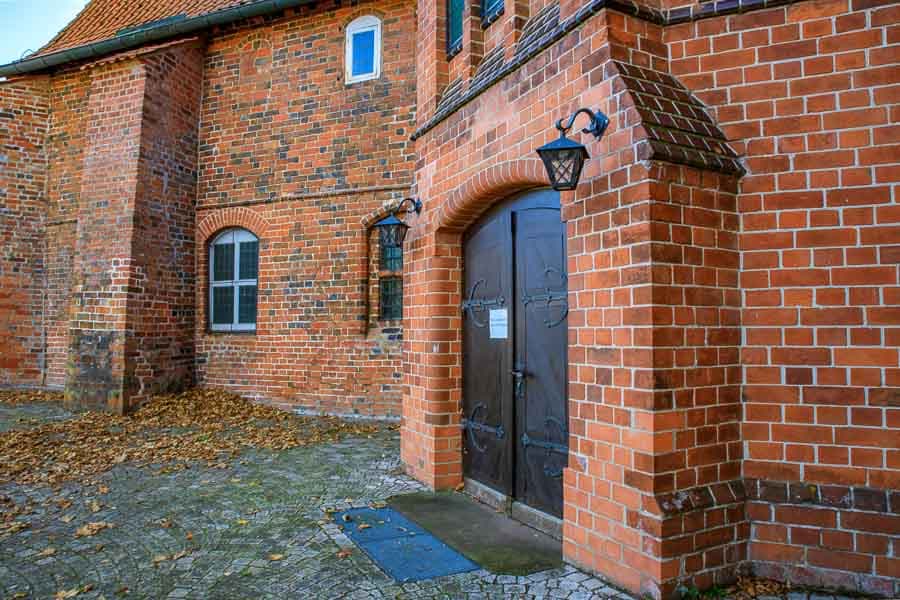
©Partner der Lüneburger Heide GmbH
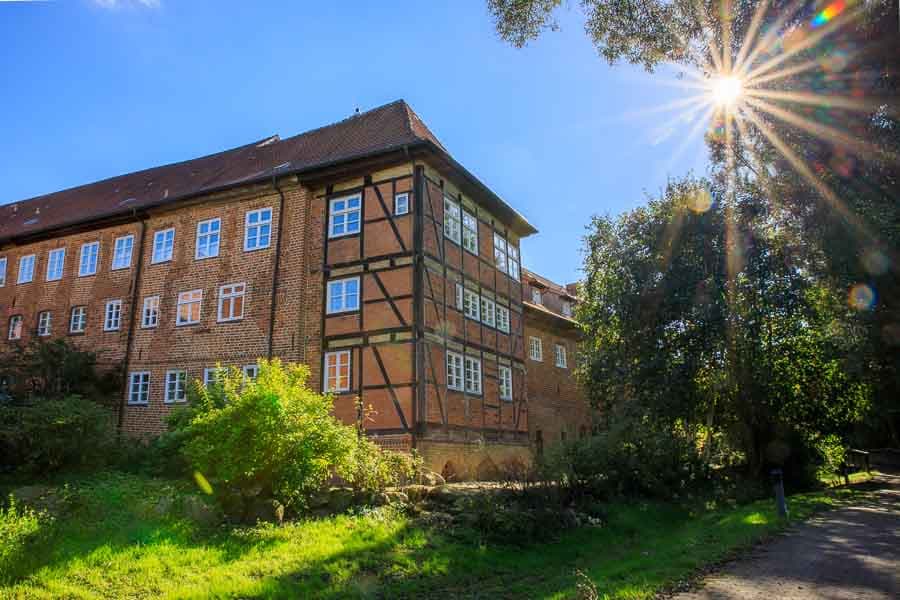
©Partner der Lüneburger Heide GmbH
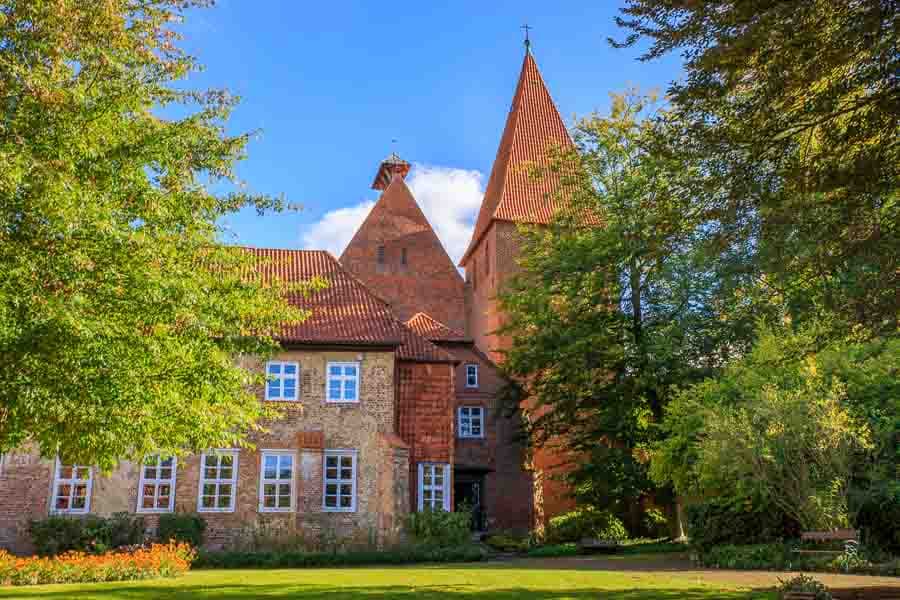
©Partner der Lüneburger Heide GmbH
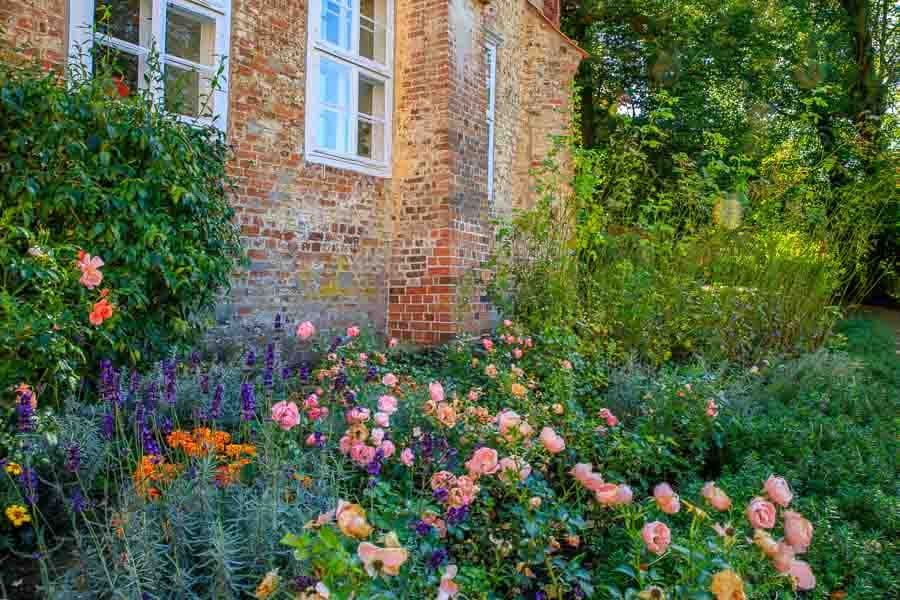
Einen unermesslich wertvollen Kunstschatz findet man im Kloster Ebstorf: Die größte Weltkarte des Mittelalters
Das Kloster Ebstorf gehört zu den Heideklöstern ist wurde 1197 erstmalig urkundlich erwähnt. Bis heute ist es durch einen Damenkonvent mit gewählter Äbtissin bewohnt. Das Kloster liegt zentral in Ebstorf und ist durch den Domainenplatz, dem ehemaligen Wirtschaftshof des Klosters mit zahlreichen Gebäude umgeben. Heute befindet sich darauf der Parkplatz.
Nach einem Brand im 12. Jahrhundert kamen Benediktinerinnen aus dem Kloster Walsrode nach Ebstorf. Ab dann unterstand das Kloster Ebstorf der Äbtissin des Klosters Walsrode und wurde zum Benediktinerinnenkloster. Der Ebstorfer Konvent wurde von einer Priorin geleitet, die Vertretung nach außen und die Geschäfte übernahm ein gewählter Probst, der fast durchgängig aus der Kanzlei der Lüneburger Herzöge stammte.
Im 13. Jahrhundert entwickelte sich das Kloster Ebstorf als bekannter Wallfahrtort, weil einer mittelalterlichen Legende zufolge dort mehrere Märtyrer begraben sein sollten. Die Stellung als Wallfahrtsort führte zu einer wirtschaftlichen Blüte für das Kloster.
So stammen auch die bedeutenden Kunstschätze des Klosters Ebstorf aus dieser folgenden Zeit. Die lebensgroße Statue des heiligen Mauritius entstand um 1300, die Glasfenster im Kreuzgang um 1400 und die Madonnenstatuen im Nonnenchor zwischen 1300 und 1400. Einer der wichtigsten Kunstschätze aus der Zeit der Wallfahrten im 13. Jahrhundert ist die thronende Madonna, die im Nonnenchor aufbewahrt wird. In ihrem rückwärtigen Schrein wurde das heilige Öl der Märtyrer als Reliquie gefunden. Ebenfalls im Nonnenchor befindet sich ein gotischer Altar mit Triumpfkreuz. Das massige Bronze-Taufbecken in der Kirche kann auf 1310 datiert werden.
Die Gebäude des Klosters Ebstorf stammen aus dem 14. Jahrhundert und sind im Stil der Backsteingotik erbaut worden. Die Probstei und das Brauhaus sind um 15. Jahrhundert erbaut worden. Ebenfalls dazu gehören das „lange Schlafhaus“, Äbtissinnenflügel, Ostflügel, der Kreuzgang und die Kirche mit dem imposanten Turm.
Sehr beeindruckend ist der Kreuzgang des Klosters Ebstorf, der vier Flügel hat. Drei dieser Flügel sind mit Kreuzrippen an der Decke versehen, der vierte verfügt über ein barockes Tonnengewölbe. Im Hof des vierflügeligen Kreuzgangs befindet sich seit dem Mittelalter der Konventsfriedhof mit zahlreichen Grabdenkmälern. Den Kreuzgang zieren wertvolle Glasmalereien aus 1420. In den Fenstern werden Szenen des Neuen Testaments solchen aus dem Alten Testament und der Alten Geschichte gegenübergestellt. Die Kreuzrippengewölbe der drei Gänge ruhen auf Konsolen, die mit Bauplastik verschönert wurden. Man sieht Figuren und Fabelwesen. Im westlichen Äbtissinnenflügel des Kreuzgangs findet man zwei spitzbogige Arkaden, die zur Hälfte im Boden stecken. Hier wurde der Fußboden angehoben. Im Ostflügel war ursprünglich der Haupteingang zum Kloster Ebstorf, der aber um 1485 in das Torhaus im Garten verlegt wurde.
Die Klosterkirche St. Mauritius ist ein Backsteinbau aus der Mitte des 14. Jahrhunderts. Der Glockenturm wurde vermutlich später angebaut. Wer die Kirche betritt, ist wahrscheinlich erst einmal irritiert, denn die verschiedenen Schiffe und Bereiche der Kirche sind scheinbar unharmonisch angeordnet. Das liegt vielleicht daran, dass der Raum unter der Empore des Nonnenchors dreischiffig ist und ein Bereich durch eine Wand abgetrennt und zum südlichen Kreuzgang umfunktioniert wurde. Die Kanzel mit den Renaissance-Ornamenten fällt gleich ins Auge, sie wurde 1615 von einem Lüneburger Künstler geschaffen. Ebenfalls eindrucksvoll ist die Glaskunst über dem Altar.
Der Nonnenchor nimmt einen großen Teil ein. Das vorhandene Chorgestühl kann auf 1292 datiert werden. Die sieben großen Epitaphe an den Wänden fallen sofort ins Auge. Im Raum steht ein riesiger Standleuchter aus Messing. An der Rückseite zeigt sich ein Hochaltar mit reich verzierten Säulen, Figuren und Putten.
Aus dem ehemaligen Benediktinerinnenkloster ist nach der Reformation, die gegen große Widerstände eingeführt wurde, ein evangelisch-lutherischer Konvent geworden. Wo im Mittelalter vorwiegend Frauen aus meist adligen Familien der Umgebung lebten, gestalten heute ehemals berufstätige Frauen aus unterschiedlichen Berufen einen frei gewählten Lebensabschnitt.
Die Ebstorfer Weltkarte
1830 findet die Konventualin Charlotte von Lassberg in einer Abstellkammer die lange in Vergessenheit geratene, zusammengerollte Weltkarte.
Die riesige Weltkarte, fast 13 Quadratmeter groß, die um 1300 entstand, setzt sich aus 30 bemalten Pergamentblättern zusammen. Sie zeigt die Welt als kreisförmige Scheibe mit Jerusalem im Mittelpunkt, was dem damaligen Weltbild entsprach. Ganz oben auf der Karte befand sich sogar das Paradies, man kann Adam und Eva erkennen.
Mit mehr als 2300 Darstellungen und Texten ist die Ebstorfer Weltkarte die größte und umfangreichste des Mittelalters. Zwei Stellen der Karte waren durch Mäusefraß zerstört, darunter auch das Gebiet des heutigen Brandenburg. Auch wurde ein großes Kartenstück oben rechts im Gebiet des heutigen Indien aus ungeklärten Gründen herausgeschnitten.
Während eines Bombenangriffs in 1943 verbrannte das Original im niedersächsischen Staatsarchiv Hannover. In Ebstorf hängt heute eine originalgetreue Kopie.
Die Absicht des bis heute unbekannten Autors war es nicht, eine geographisch richtige Karte anzufertigen. Vielmehr erkennt man das Wissen der damaligen Zeit und die Schwerpunkte. Rom ist zum Beispiel genau so groß dargestellt, wie ganz Sizilien, was der Wichtigkeit des Ortes entsprach. Europa findet sich unten links, gezeigt werden u.a. Aachen, Köln, Braunschweig und Lüneburg. Die Welt selbst wird auf der Karte mit dem Leib Christi verglichen, Kopf, Hände und Füße sind auf der Karte abgebildet. Würde man sie verbinden, ergäbe sich ein Kreuz.

